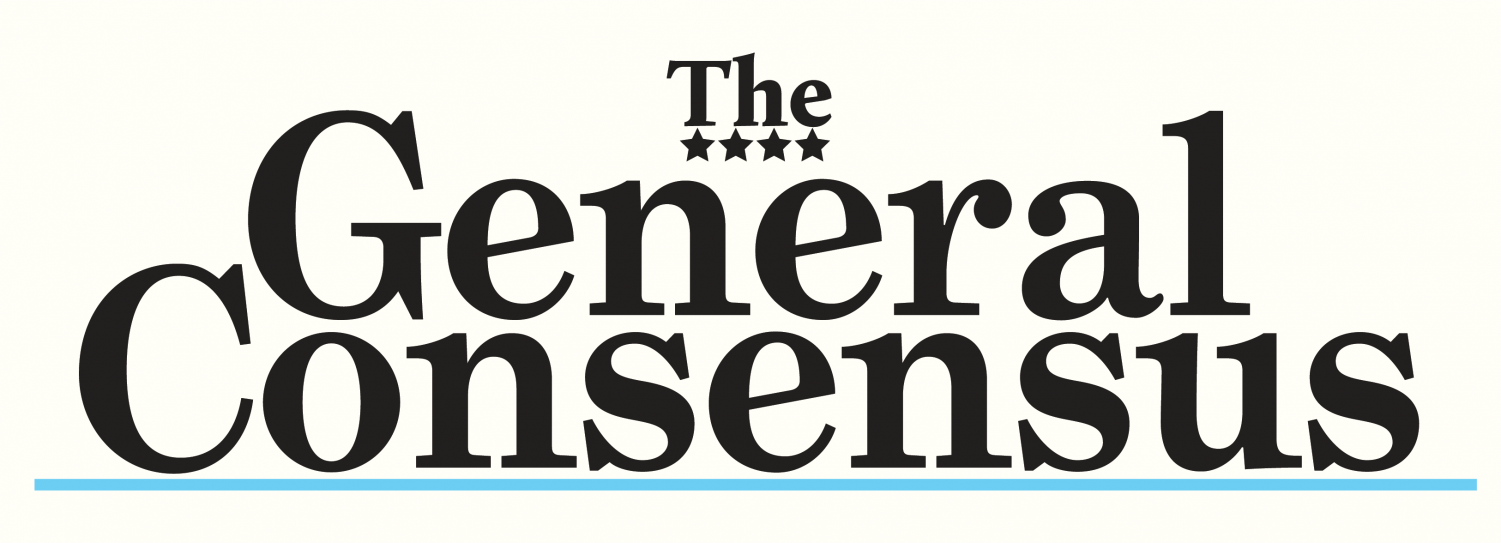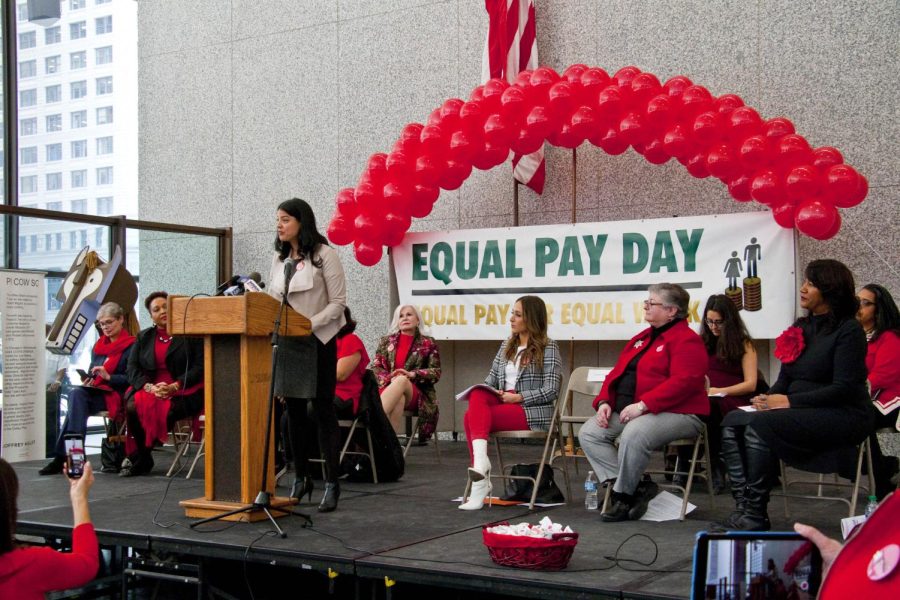A Woman’s Worth: The Gender Pay Gap
In the United States, working women are less likely to be paid the same as their male counterparts. Since sexism is already prevalent in modern society, the gender pay gap continues to hold us back from seeing women as true equals. Every woman in the world has, or will, face sexism at least once in their life. It may start with their own father or brother. Maybe an uncle or a teacher. They will yearn for the same respect and attitude their male counterparts will receive without trying. They will hope it’s just their age and once they get out into the real world all will be fine. It won’t. They’ll face the new challenge of openly being told, through their paycheck, that they’re not good enough because of their gender. In 1963, the Equal Pay Act was introduced in America to end the unconstitutional differences in pay women faced for their gender. While it can be imagined that women all over the country collectively sighed in relief to know they were finally going to be seen as equals, they probably hadn’t foreseen the lack of change that would stand in the background for another two decades. To understand the injustice of the wage gap now, though, we must understand its origins.
At the start of American colonization, women weren’t even allowed to work. Throughout American history, women have faced discrimination since the pilgrims settled down on the east coast. From the start, we were seen as property to be leased and sold to men for their enjoyment. We were not given the right to work, at least not until there was no other option.
During World War II, more than six million women stepped up into the jobs the men left behind when they went overseas to fight.
Though the pay was unfair, there was a silver lining. Women who had never worked a day in their life, confined to the boundaries of their homes, suddenly found a passion for a nine-to-five. When the war ended, they were resistant to give their newfound freedom back.
So the protests started. Thousands of women marched in the streets demanding their rights to equality in the workplace. With their hard work, the Equal Pay Act was passed. Women took to the streets in celebration. Finally, their struggles had paid off, right?
Now let’s move to the present day May 2023. Now the wage gap has shrunk to about a 22.2% difference. In a little under six decades, there has been significant change but no concrete solution. Instated of matching every dollar a man makes, women still only get about 83 cents in nine-to-five jobs. The sports industry is even worse. Tennis is the most eye-opening, with women making 34 cents for every dollar a male tennis player makes. And even though female athletes such as Serena Williams, Allyson Felix, and a mix of other American sports teams there is still injustice. The United States celebrates Equal Pay Day on November 2nd of every year, yet women still face the injustice of unequal pay.
This fight has been long and drawn out but that doesn’t mean we stop fighting it. If we give up then we give up our respect and freedom. Women should not be paid less because of false notions of us not working as hard or being less deserving. Once we stop fighting, we will be right back to where we started with earning half the dollar a man does.
It can be hard to feel as if there is anything you can do. It’s as simple as asking your male coworkers how much they’re making an hour for the same job you do. Or it can be something bigger like speaking out in the office against unfair treatment. We must use our voices even when it all seems negligible in the grand scheme of things because all of us standing together can make a difference. We are fighting for our rights and the rights of all women yet to come.
Lizz Bento is a Senior at Hamilton Wenham Regional High School. She is a photographer and journalist for The General Consensus and a member of Robotics...













Christos M. • May 31, 2023 at 8:11 pm
I agree. Financial freedom and equal rights are not a given. We must work proactively to protect the progress we have made.